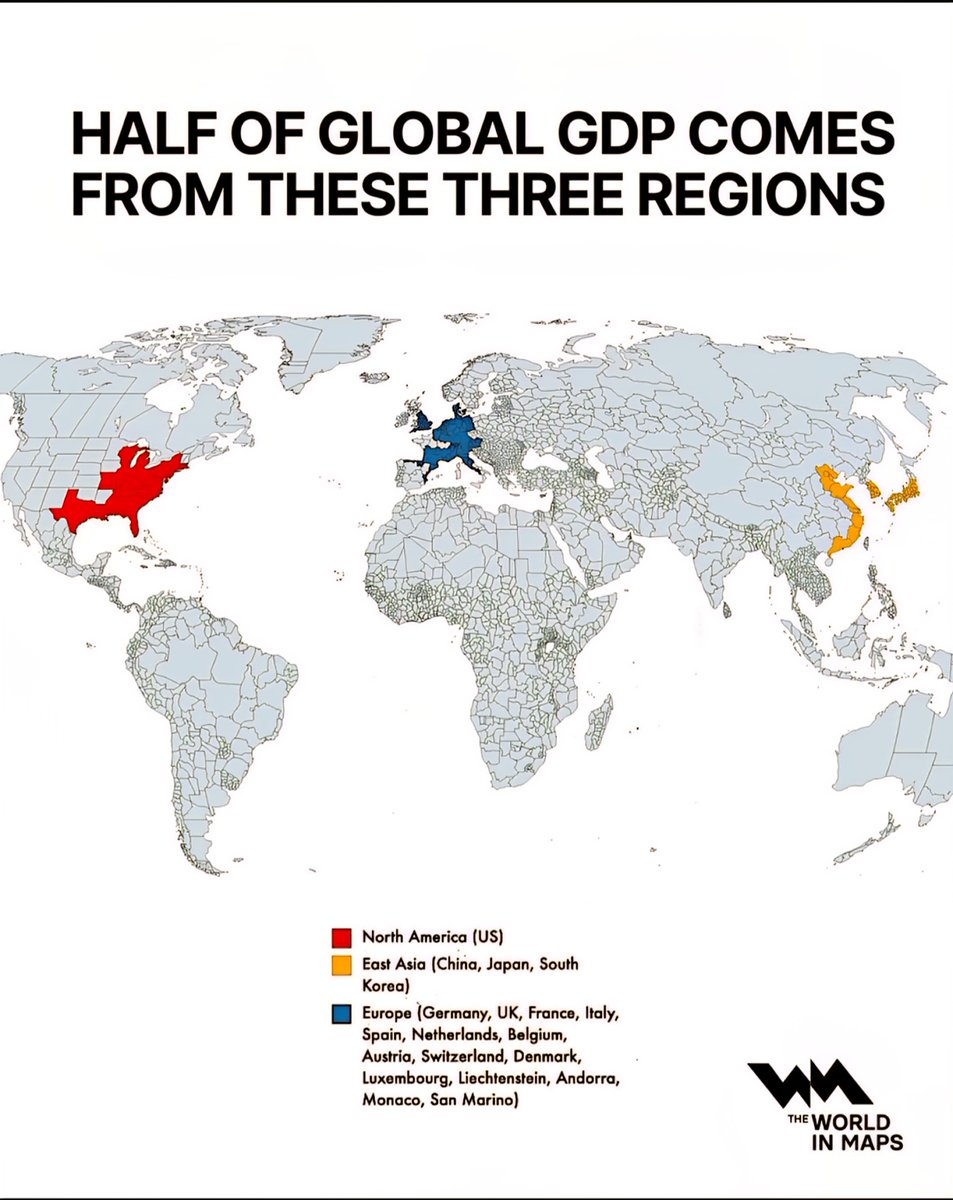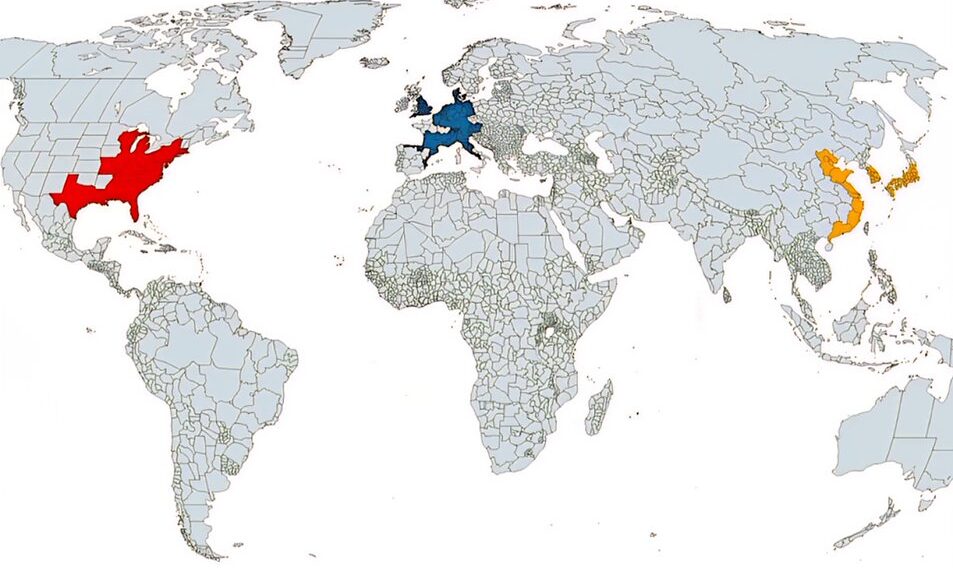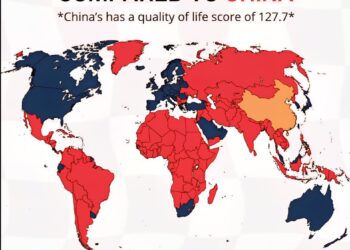Select Language:
The Powerhouse Regions That Dominate Global Economies in 2025

1. East Asia and Pacific: The Economic Juggernaut
The East Asia and Pacific region continues to make waves as the world’s leading economic powerhouse, contributing nearly half of the global GDP. Countries such as China, Japan, South Korea, and Taiwan spearhead this economic surge. China, in particular, has solidified its position as the world’s second-largest economy, driven by advancements in technology, manufacturing, and exports. Japan maintains its role as a global leader in robotics and automotive manufacturing, while South Korea remains a key player in electronics and semiconductors. The region’s growth is fueled by a rapid digital transformation, infrastructure investments, and a burgeoning consumer market.
2. North America: A Hub of Innovation and Investment
The North American economy, primarily led by the United States and Canada, ranks as a close contender in the global economic landscape. The US continues to dominate through innovation, technology, and finance sectors, maintaining its status as the largest economy globally. Silicon Valley remains the global epicenter of technological breakthroughs, with AI, renewable energy, and biotech industries experiencing exponential growth. Canada’s stable economy, rich natural resources, and innovative tech scene complement North America’s overall economic strength. The region benefits from strong consumer spending, geopolitical stability, and an attractive environment for startups and foreign investments.
3. Eurozone: The Resilient European Powerhouse
Europe’s Eurozone, comprising 19 countries that share a common currency, accounts for a significant slice of the world’s economic pie. Germany stands out as the region’s economic leader, renowned for its engineering, manufacturing, and export prowess. France, Italy, and Spain also contribute robustly, especially in luxury goods, automotive, and agriculture. In recent years, the Eurozone has seen a shift towards sustainable energy and digital innovation, with investments pouring into green technologies and innovative startups. Despite challenges such as inflation and geopolitical tensions, European countries continue to showcase resilience and adaptability, cementing their status as a vital global economic player.
4. The Expanding Role of Emerging Markets
While the three regions above dominate the global economy, emerging markets such as India, Brazil, and Southeast Asian nations are rapidly closing the gap. India, with its booming tech sector, young workforce, and expanding middle class, is projected to become an even more influential economy by 2030. Brazil, driven by agriculture and manufacturing, maintains its position in Latin America, while Southeast Asian countries like Vietnam and Indonesia benefit from robust manufacturing and export growth, making them attractive destinations for foreign investment.
5. The Impact of Global Economic Trends
The extensive influence of East Asia, North America, and Europe is further amplified by global trends like digital transformation, renewable energy adoption, and international trade agreements. These regions are at the forefront of setting policies and innovations that shape the future economic landscape. Additionally, concerns over climate change, technological disruptions, and geopolitical conflicts are prompting shifts in economic strategies, prompting regions to adapt swiftly to maintain their dominance.
Conclusion
In 2025, three regions—East Asia and Pacific, North America, and the Eurozone—collectively hold about 50% of the world’s GDP. Their combined influence shapes the global economy, driven by technological innovation, strategic investments, and adaptive policies. As emerging markets gain momentum, the economic balance continues to shift, promising an exciting and dynamic global landscape ahead.
The world’s economic future in 2025 is poised for continued evolution, with these regional powerhouses leading the charge into new realms of growth and innovation.







